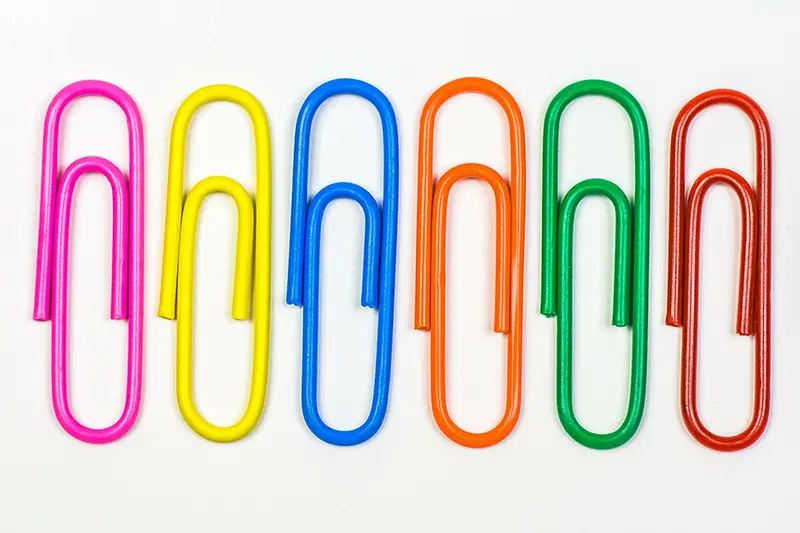Click here to get this post in PDF
Products are bought and sold all day every day, all over the world. From video games and toys to TVs, tools and motor vehicles, the consumer economy never stops, and these industries are worth billions of dollars. But what of some of the tiny things we never think about?
There are many things that we use every day without even noticing because they are so small and usually inside something else. Even though they are tiny, these products still have their own market and are bought, sold and traded just like any other commodity.
Some of the most valuable tiny items include:
- Ball Bearings
- Paperclips
- Button Cell Batteries
Ball bearings are used in the machinery of all kinds while the humble paperclip needs no introduction, and button cell batteries are found in small electronics.
Taking the Load
The primary function of ball bearings is to decrease friction in machinery by using balls as an intermediary between two rings as a means of preventing contact between two surfaces. There are many types of bearings, all with different uses, but they can be found in many products that have moving parts.
Vehicles, skateboards and even DVD players contain ball bearings for a multitude of uses. Wheel bearings are used to connect the steering wheel to the axle in a car while in skateboards they are used inside the wheels to make turns smoother and they’re inside the spindle of a DVD player that rotates at high speed so the laser can read the disc.
Although they are tiny, their applications are numerous, and they sell in a big way. The global ball bearings market is currently estimated at around $62 billion.
A Hundred Uses
The tiny product with a hundred uses, the paperclip has been a staple (sorry) of the office environment for holding together pieces of paper since its invention in 1899 by Norwegian scientist Johan Valeer. Although their primary use is for fastening paper so that it doesn’t separate, the paperclip has other practical uses as well.
Some electronic devices require a paperclip as a means to depress a button, they can be used as hooks and they can hold other things together as well. A DVD ROM drive or a mobile phone, for example, requires a small item be inserted to press the reset button and a paperclip is a perfect size for this. They can also be unfolded and used as a hook for ornaments on a Christmas tree or holding eggs steady when dying for Easter, and they can hold food packets and flowers together.
Although its price is relatively low, because of the widespread usage of the paperclip there is a solid and valuable market for the wonderful item that means approximately 11 billion paperclips are sold each year in the United States alone.
Working All Year Round
One of the smallest batteries available, button cells have been around since 1799 when they were invented by legendary scientist Alessandro Volta. However, they weren’t commercially active until 1960 when battery industry veterans Eveready brought the first silver-oxide button cell battery to market.
Most commonly used in wrist watches, button cells have a wide-ranging use inside such items as calculators, many small toys and flameless candles. As good as it is that they can be applied to novelty items, they can also be used in more serious products and can be dangerous.
Modern-day hearing aids are a common use for button batteries since their small size makes them suitable and they also have a long life of around 1 year with continuous use. However, their small size also makes them a prime target for toddlers who like to put them in their mouth, up to their nose or in their ears.
As of 2018, the market for button cells is valued at around $4 billion.
You may also like: 5 Business Booms During the Pandemic

